What are Huawei phones? A brief overview of the company and its smartphones
Everything about the Chinese tech giant
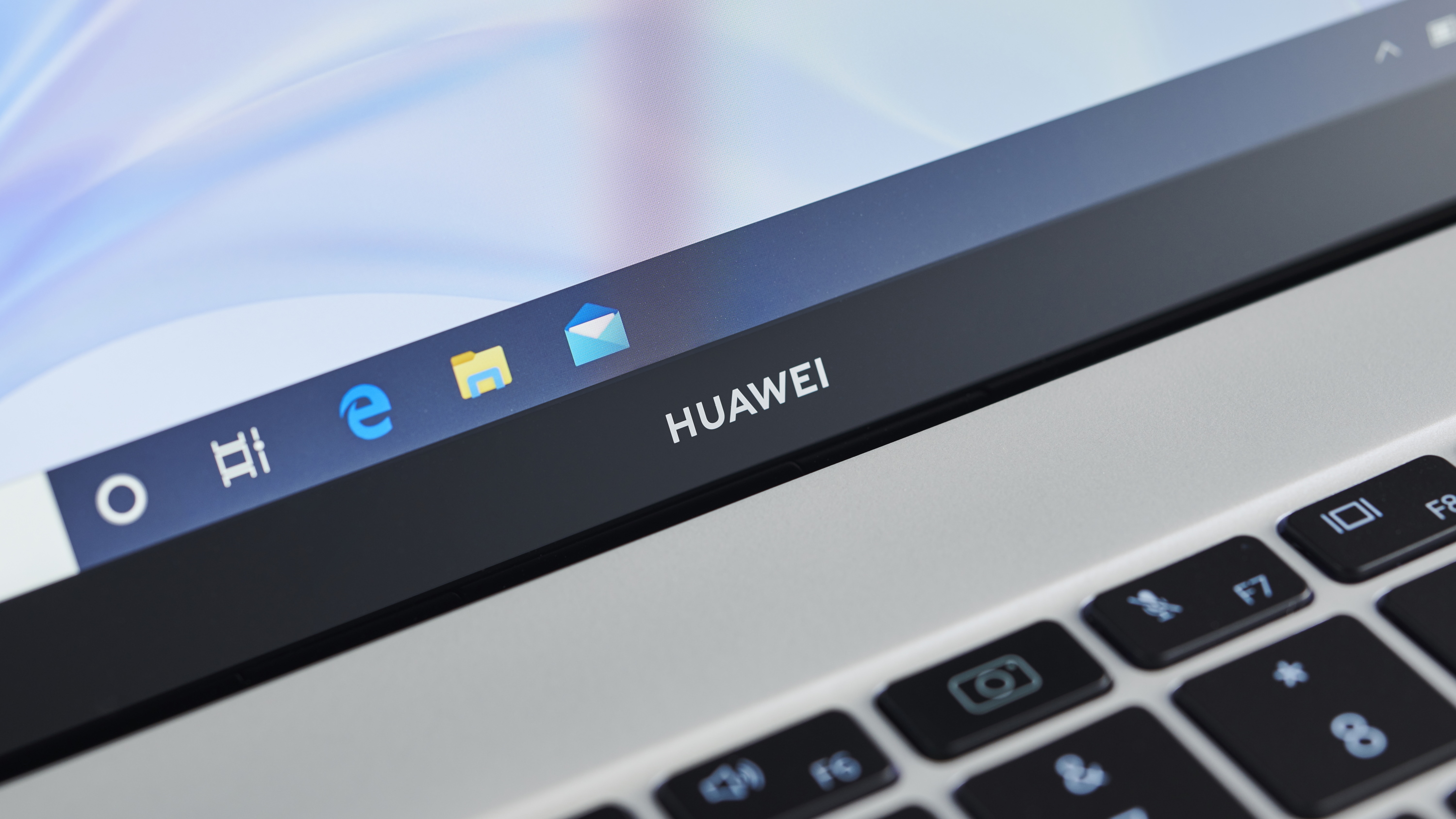
Huawei used to be the biggest Chinese phone brand, though while it used to be the second biggest manufacturer after only Samsung, some consider it to be in its twilight years now.
Huawei frequently makes the news, both the tech news and global, whether that’s for launching new, super-powerful camera phones, or for getting banned from the US by Donald Trump.
Much of the company’s business concerns hardware, including smartphones, watches, tablets and more, but it’s also big on infrastructure, since it’s part of the push to set up 5G networks in countries around the globe.
We won’t be delving into the infrastructure side of Huawei, nor will we explore accusations levelled at the company for spying for the Chinese government or other such allegations. Here, the focus will be the brand’s smartphones and consumer tech.
- These are the best Huawei phones you can buy
A brief history of Huawei
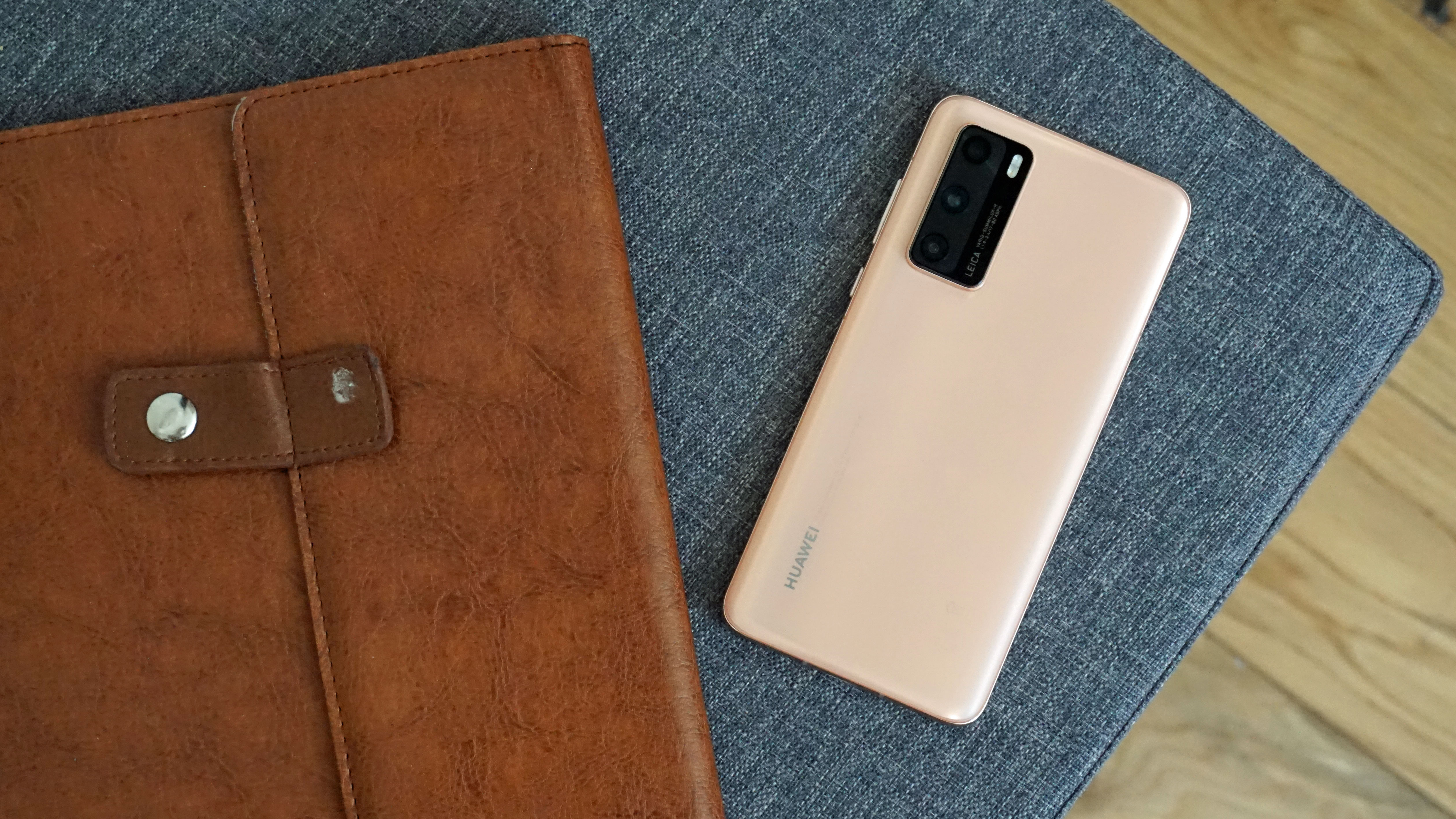
Huawei was formed in China as a telecoms company in 1987, but brought its first smartphone to market in 2004. However, it took until 2009 for the company to release an Android phone, and from there we’ve seen a steady stream of the handset types you see today.
In 2013, Huawei created sub-brand Honor, which produces much of the same tech. Huawei sold Honor in late 2020. We have a separate guide to Honor phones, which you can read here.
In 2019, Huawei revealed HarmonyOS, its own operating system to rival Android and iOS, and 2021 has seen the company begin user testing by smartphone users – although, at the time of writing, there haven’t been any handsets to appear with it. Alongside smartphones, Huawei entered the markets for wearables in 2015, laptops in 2016, and tablets in 2019.
Get daily insight, inspiration and deals in your inbox
Sign up for breaking news, reviews, opinion, top tech deals, and more.
The biggest change for Huawei in recent years came in early 2019, in what has been dubbed the ‘Huawei ban’. This is when then-US-president Donald Trump placed Huawei on the ‘entity list’ of companies that US corporations could no longer work with – and this included such firms as Google.
Until that point, Huawei phones – like all Android handsets – had come with Google apps installed including Maps, Gmail and, most importantly of all, the Play Store for downloading new apps. The ban meant that Huawei phones were barred from these apps, a situation that has continued to this day.
As a result, the company’s market share has dwindled, although Huawei has taken steps to mitigate the damage. These include introducing the AppGallery, the company’s own take on the Play Store that holds a limited number of apps; and Petal Search, which on occasion will let you download apps that aren’t available on AppGallery.
Since the Huawei ban, new phones from the company haven’t been met with the level of fanfare they once were, and we’re still waiting for the company to make a big comeback.
What phones does Huawei make?
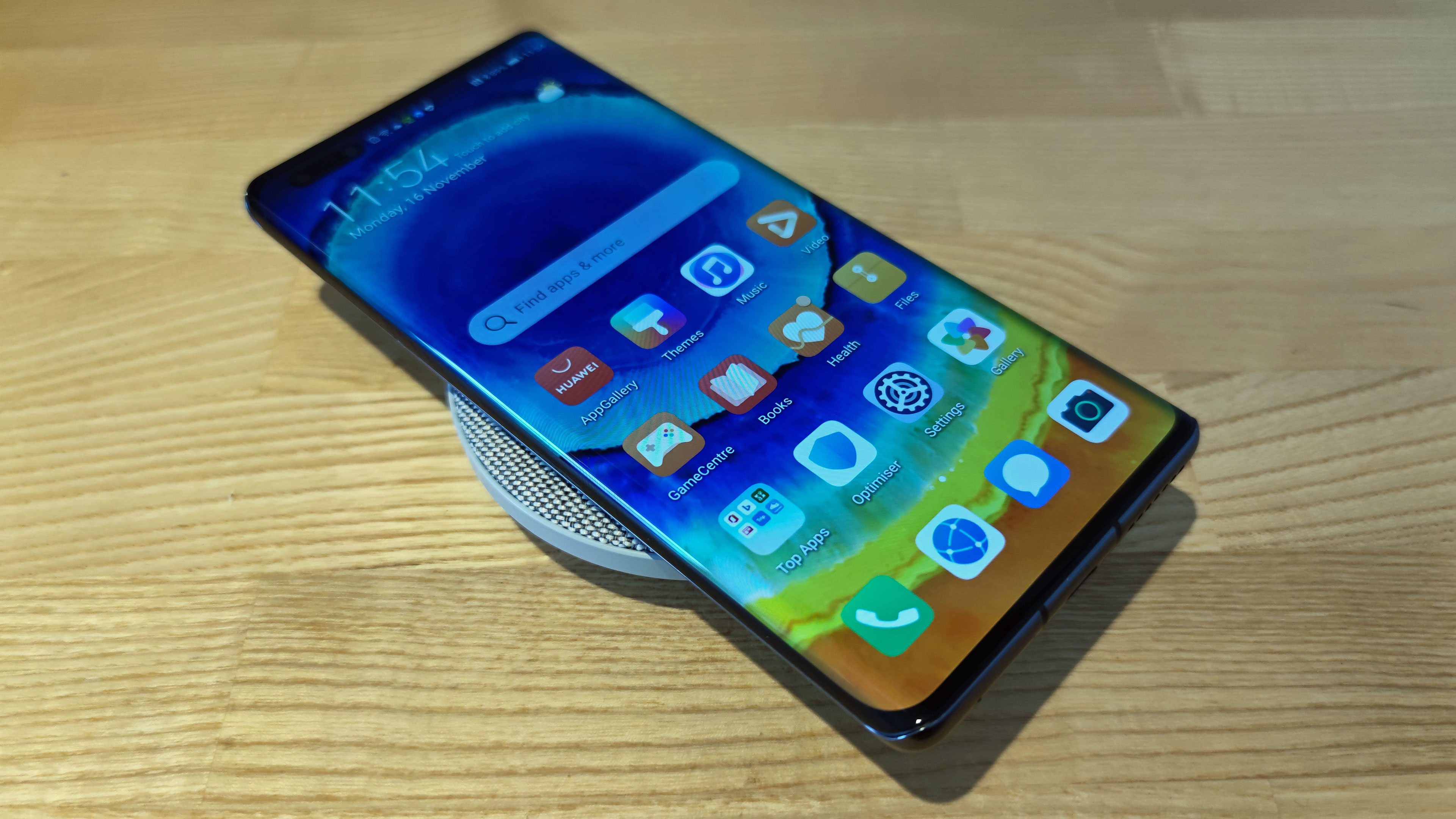
Huawei has a number of phone lines across the globe, but here we’ll detail only those that make their way to the West – and, for reasons described above, we’re not including Honor phones.
The company’s main line of phones is the P series. These fantastic camera phones typically come with a standard device as well as a Pro, Lite and even Pro Plus model. Their launch will often see the introduction of new camera tech.
There’s also the Huawei Mate series. Typically higher-end than the P series, these handsets are known for presenting supercharged specs and designs, and are intended for professional users. A good comparison is to view these as Samsung’s Note phones, which again are for pro users, although the Mate devices don’t have styli.
Huawei puts out foldable phones, too, under its Mate X banner – in fact, after Samsung it’s the most prolific maker of folding handsets. So far, all Mate X devices have been ‘book-style’ foldables; Huawei hasn’t yet put out a clamshell-style phone.
Fans of budget devices have found plenty to like in Huawei’s P Smart line, whose models have previously topped our list of the best cheap phones. These low-cost devices bring specs from the P series but at lower prices than those phones.
Huawei phone availability information
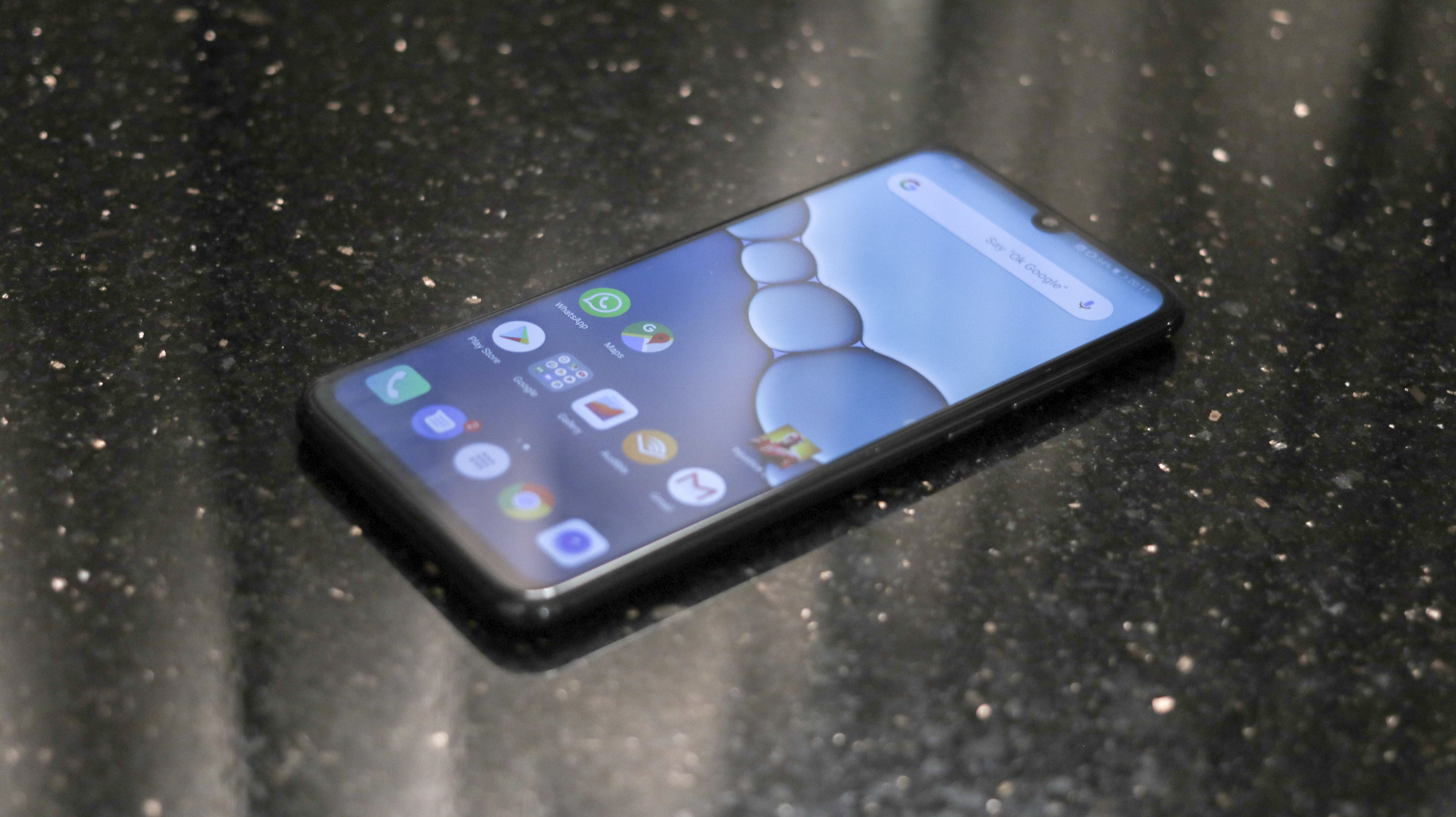
Huawei tends to follow fairly predictable release schedules, which makes this section easy to write.
The Huawei P series usually launches around April or May, although the Lite device is often unveiled a few weeks ahead of the main phone. The Mate device then follows around six months later, near the end of the year.
There’s less of a pattern for the Mate X phones, since these are fairly new – but, so far we’ve usually seen them near the beginning of the year, in close proximity to the P phones.
The Huawei P Smart handsets aren’t accompanied by big launch events, and it’s harder to pin-point their release. Typically we see a new model each year, and it tends to be named after the year – for example, the Huawei P Smart (2019).
Other tech Huawei sells
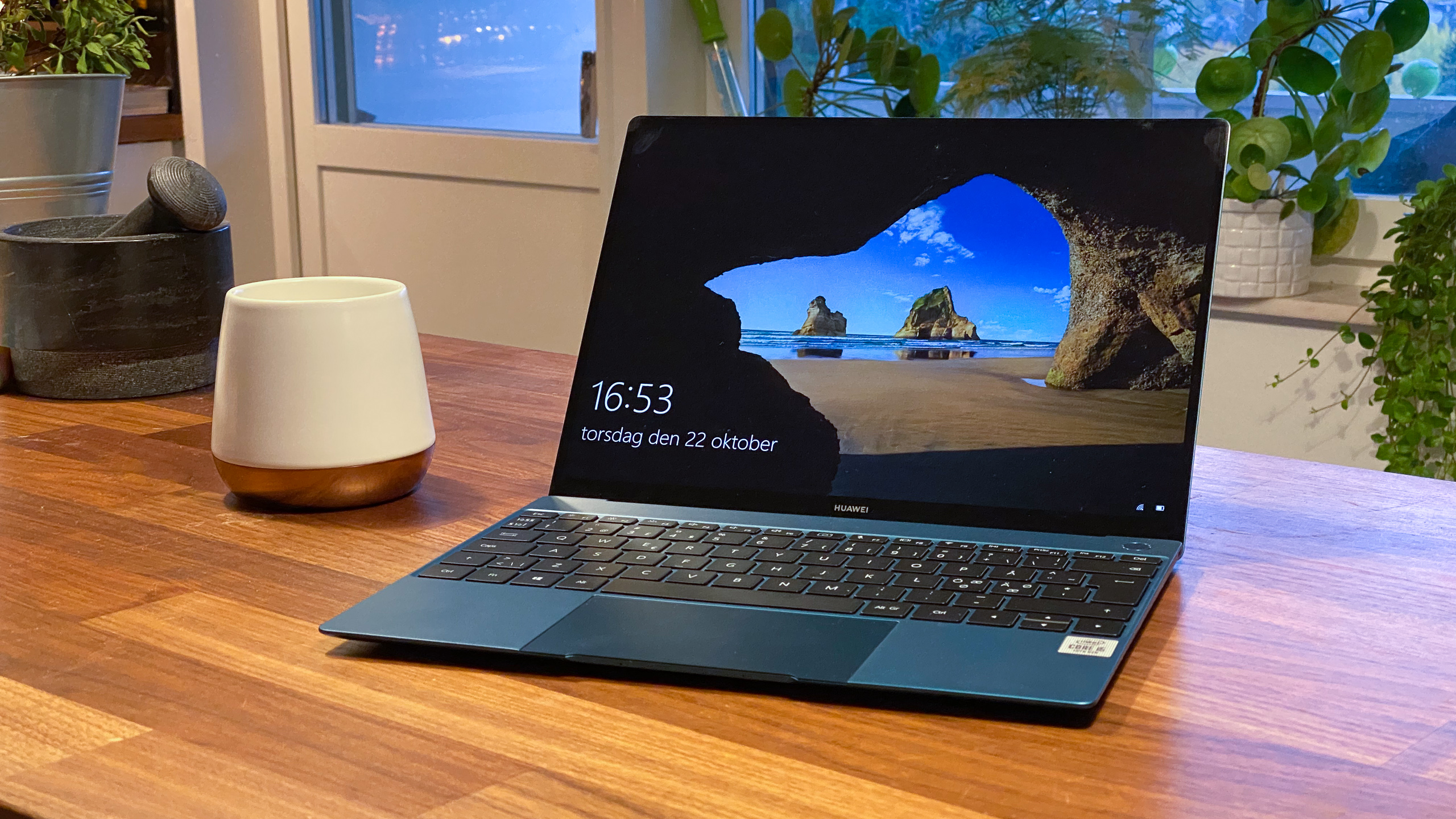
Huawei is a huge tech company, and as such launches numerous products all the time – but we’ll look at its consumer ones.
When it comes to wearables, the company sells both fitness trackers such as the Huawei Band line, and smartwatches such as the Huawei Watch Fit and Watch GT Pro. In the past, the company’s wearables have been near-identical to those launched by Honor, but with the latter now sold, future products are likely to have more differences.
Huawei started selling tablets in 2019, under the MatePad line – but, like its phones, these tablets don’t have Google apps.
Finally, there’s the MateBook line of laptops. These devices tend to be quite stylish and premium-looking, and sometimes offer extra functionality if you also own a phone from the brand. Here at TechRadar, Huawei MateBook laptops have impressed, earning very high scores in our reviews.

Tom Bedford joined TechRadar in early 2019 as a staff writer, and left the team as deputy phones editor in late 2022 to work for entertainment site (and TR sister-site) What To Watch. He continues to contribute on a freelance basis for several sections including phones, audio and fitness.